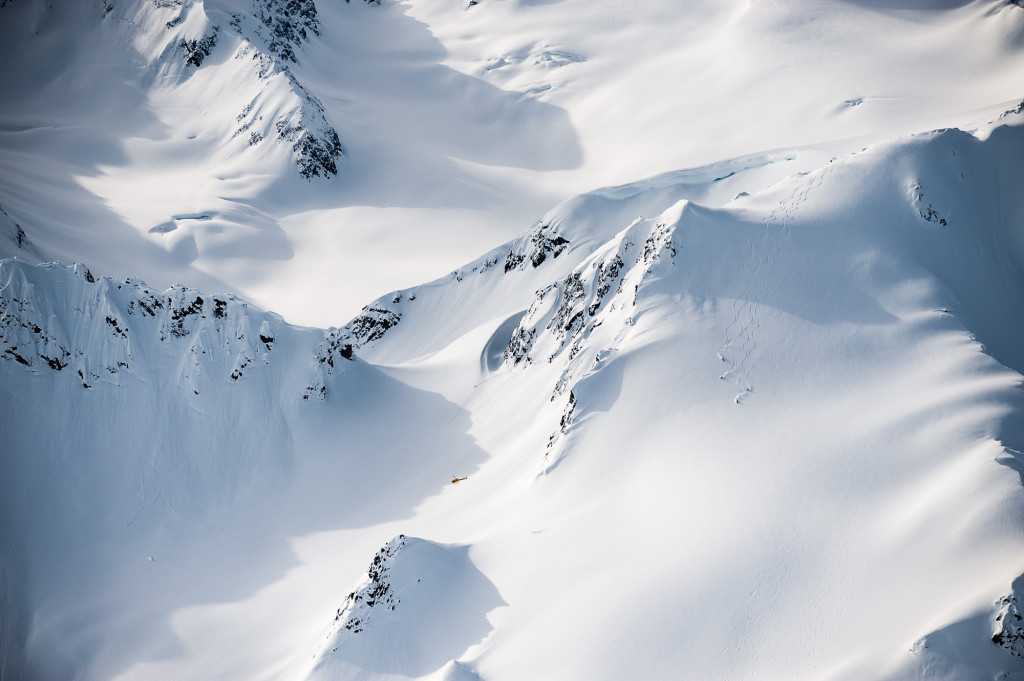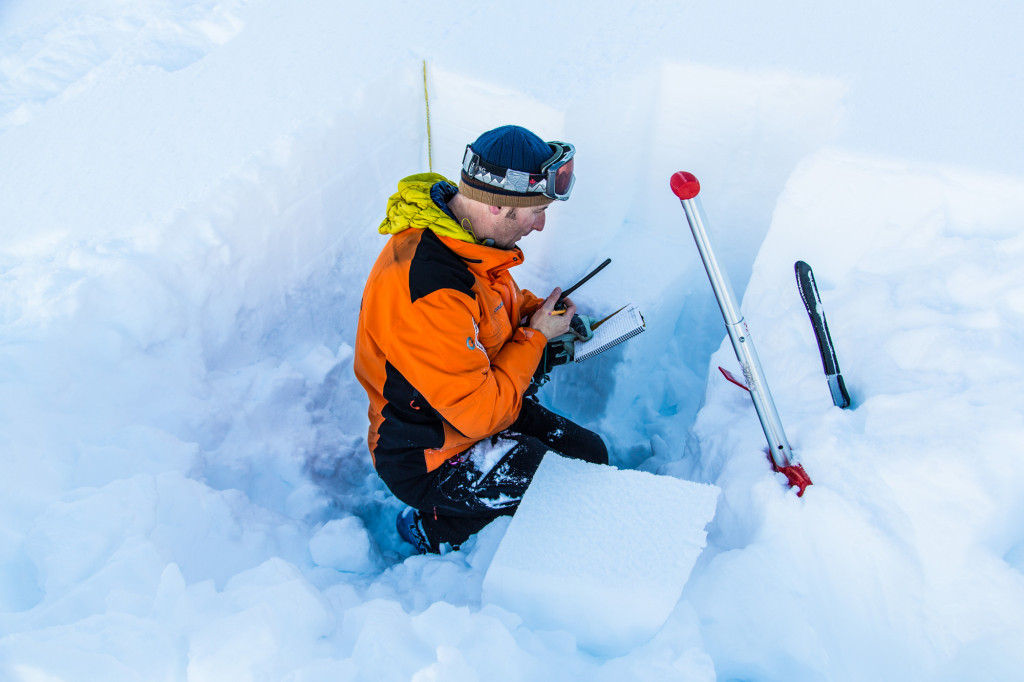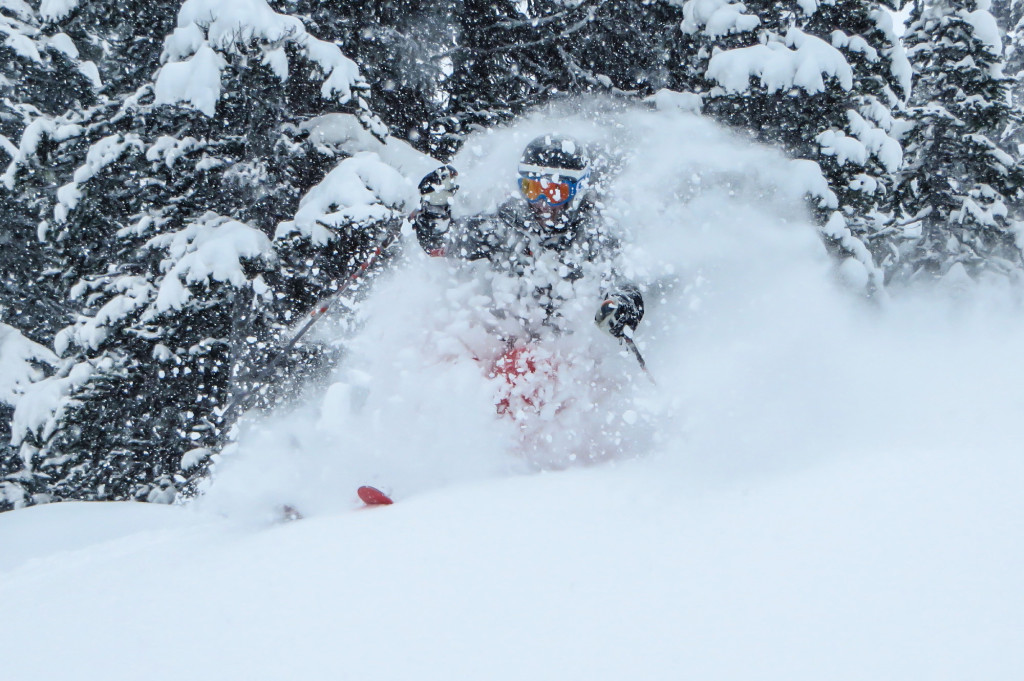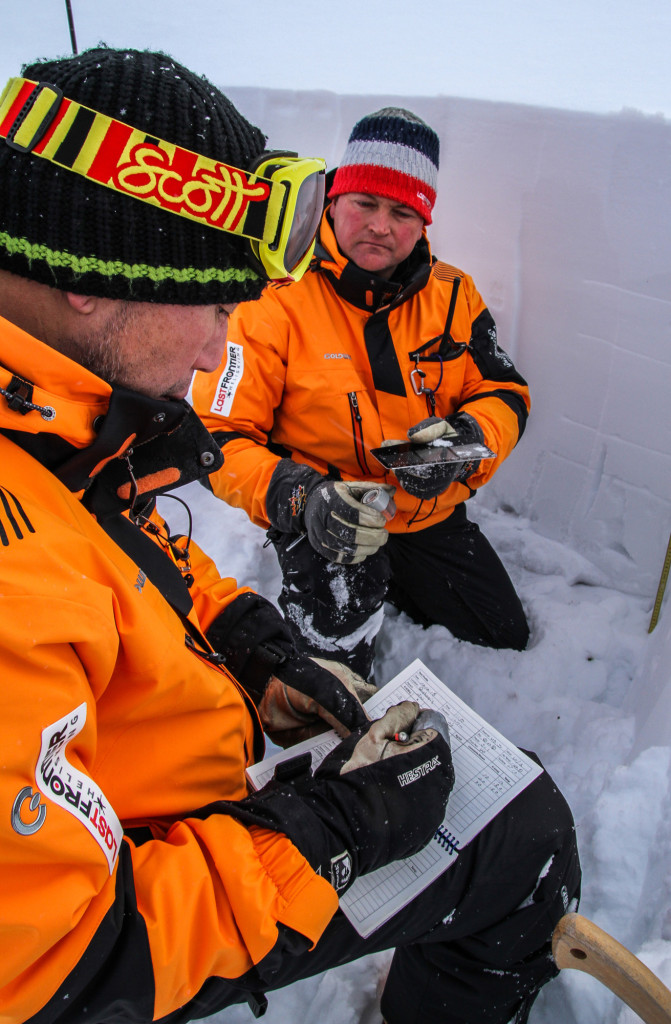Snow Science, 101
Understanding the snowpack and learning to read backcountry terrain isn’t rocket science, but it IS science nonetheless. There are rules, tools and even vocabulary specific to the study of snow. This winter, many ski areas have been under the weather (sorry) thanks to wide-ranging temperatures and large gaps between storm cycles. Avalanche forecasters and snow science experts have been working hard to keep the general public well-educated and informed about current conditions, but it’s all gibberish if you can’t put it into context.

First of all, let one thing be crystal clear: this little blog post of ours should NOT be considered a substitute for taking an avalanche skills course and spending time on snow checking things out for yourself. If you’re at all keen to learn more about snow science and backcountry travel, the introductory level Avalanche Skills Training course (AST 1) is a fantastic place to start. Most ski towns offer a few of these throughout the winter, usually over the course of a weekend and typically costing no more than a couple hundred dollars. You’ll learn how to use basic equipment, such as a shovel, probe and avalanche transceiver, as well as common best practice in terms of understanding what’s happening out there and how to mitigate risk.

Disclaimers aside, there are some essential facts and figures that will go a long way in clarifying the reams of articles and information flying around this time of year. For example, what IS the snowpack? This is the accumulation of snow since the very beginning of the season. Snow piles up in layers, effectively preserving a physical timeline of precipitation that can actually be observed and evaluated to predict the likelihood, size and scope of a potential slide. Sometimes, conditions are favourable and the different layers stick together like Velcro, leaving things stable and relatively safe. Other times, a variety of factors can create what are referred to as ‘weak layers’, such as when the end of one storm cycle leaves a slick (rain/sun crusted) or fragile (hoar frosted) surface upon which the next snowfall has to rest. Depending on the sequence of weather events, such layers can be buried deep within the snowpack, sticking around and causing concern well into the season. An analogy a friend and forecaster for Avalanche Canada once used likened a particularly problematic situation to “a thick white mattress over marbles on top of a concrete floor”. You get the idea.

The good news is this: we can still ski and enjoy the backcountry, even the alpine, when conditions are less than desirable. One of the first rules of thumb around a spicy snowpack is to choose mellow, low-angle terrain. 30 degrees is typically the magic number: avoid steeper, exposed slopes and always consider who and what might be above you. Experienced backcountry skiers will often stay in the trees if they have stability concerns, as snow tends to find a stronger anchor in the glades and is less likely to slide. Steer clear of heavily loaded or sun affected aspects of the slope you intend to ski, which means considering wind direction – past and present – as well as the time of day. These are all things our guides discuss and incorporate into their decision-making day-in and day-out all winter long.

Obviously, we can’t expect to eliminate risk completely when traveling and skiing in the backcountry, but we can curb the danger by taking the time to learn the words, read the signs and use the tools. Follow the weather and dig pits in the snowpack to see if you can spot the different layers as they pile up. Listen for sounds of unsettled snow as you move into the backcountry, look for signs of recent avalanche activity and gather as much local, first-hand knowledge as you can from other skiers.
Be alert. Be aware. Be smart.


